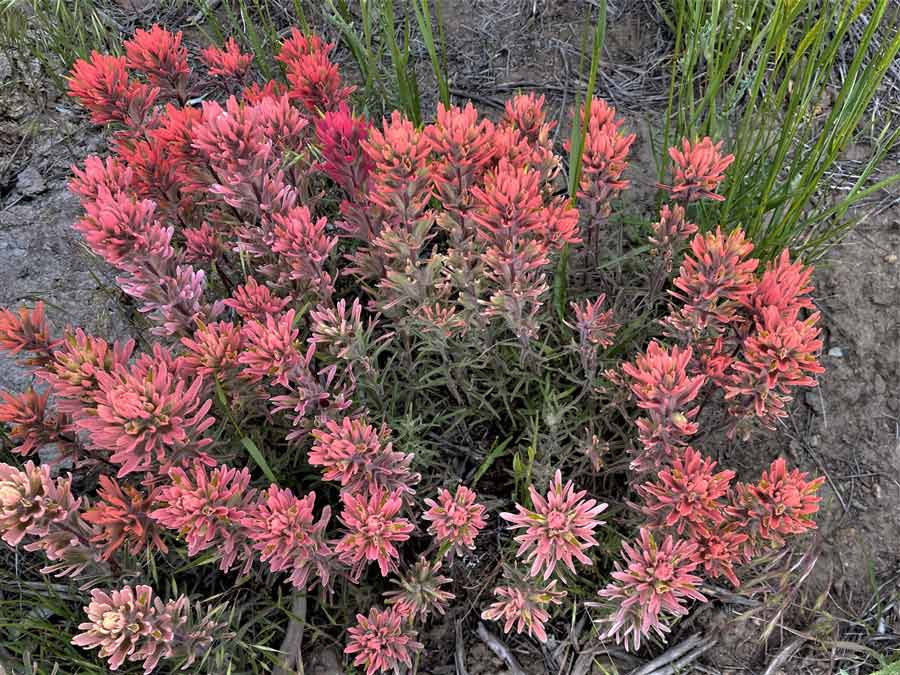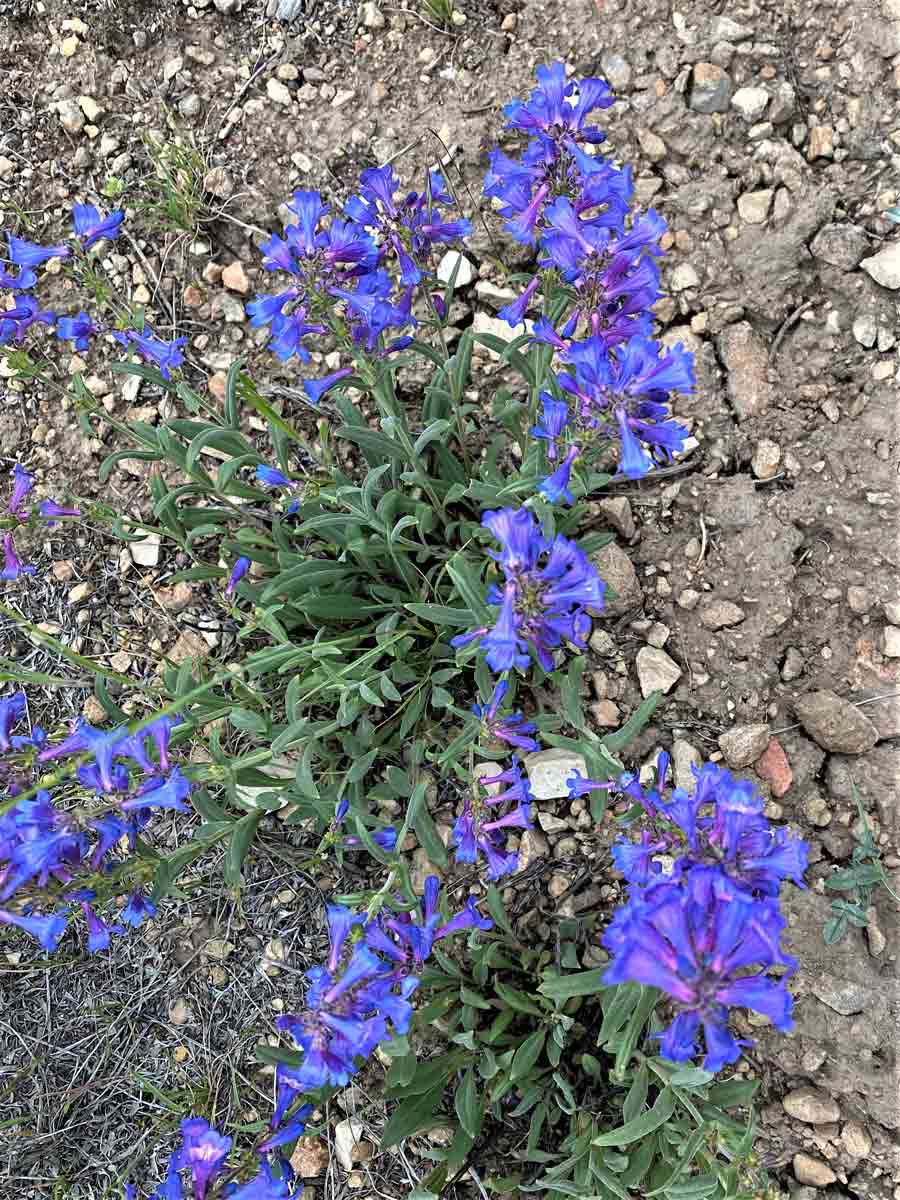The flowers in the Central Idaho mountains look like a painter’s well-used palette
Published at
“It is pretty when you cannot see the road because of the explosion of flowers,” my rock hunting partner, Mike, mentioned as we drove through a hillside covered with flowers.
“There are some red and blue ones mixed with the yellow ones. Now if we could just find some rocks the same colors as the flowers, it would be a great trip.”
We had never seen such a variety or the number of flowers blooming in the mountains of Central Idaho as we did on Wednesday. Recent weekend rainstorms through the area saturated the low foothills, creating enough wetness to reach deep enough to sprout dormant seeds from grass as well as flowers.
I am not a botanist and flower identification is rather difficult for me, especially when it comes to yellow sunflower-like plants that painted many of the ridges. Studying the yellow flowers, I was able to see at least seven different sunflower-type blossoms. A closer look at acres of ground cover, we found flowers of white, purple, blue, red, pink, and orange as we traveled through ravines and over ridges.
On the foothills near Appendicitis Ridge, we ran into a plot of Indian paintbrush that looked like a painter’s well-used palette. Not only did it have the traditional red, but different splashes of light and dark pink, a purple, orange and yellow all in one bunch. A bouquet fit for a queen or a chief’s wife.

In the meadows near small springs, we found the Rocky Mountain iris in white and in blue/white combinations. Where the marshy areas met the edge of the sagebrush, we found both the Blue violets and the yellow Nuttall’s violets. Patches of Blue Penstemon with its clusters of bluebell flowers were eye-catching when we happened upon them.
There were many other flowers that I was not able to identify. One of them was a beautiful white blossom that appeared to have no leaves. It grew in extremely rocky soil and in many spaces. It was the only plant growing but shared the area with the agate rocks and nodules.
Getting to some of these flowering spots is a little difficult and a high clearance vehicle is necessary to get there. Craters of the Moon National Monument and Preserve is about 25 miles from where we observed the flowers, so I contacted them to see what the flowering conditions were there.
“Right now, the flowers are just reaching their peak,” Melissa, a worker at Craters, told me.

This is her first season working at the monument and she is learning about the flora there. The next 10 days to two weeks would be a great time to visit the momument. The monument’s website said that there is camping available, but there is no water available. And you must fill out a permit to go into some of the caves. Some of the caves are closed because of a disease in some of the bats that live there.
With predicted rain next Sunday and Monday, new species of flowers may continue to explode, making for a beautiful experience. Wet weather also allows ticks to flourish, so if you plan on doing some hiking in the tall grass, sagebrush or even the flowers, using a good insect spray would be helpful.
Good Luck and enjoy the great outdoors of Idaho.
Living the Wild Life is brought to you by The Healing Sanctuary.


